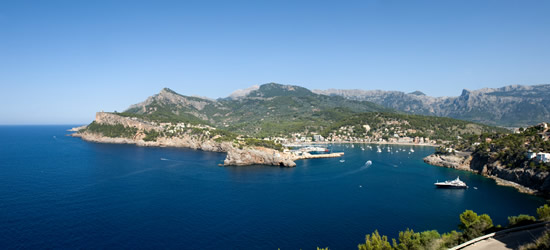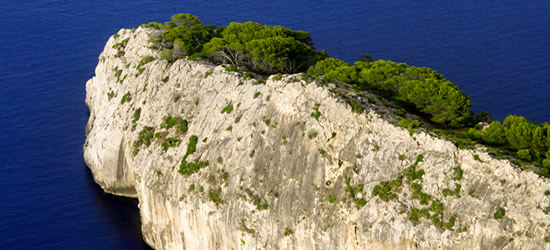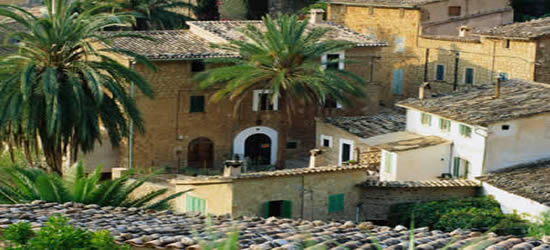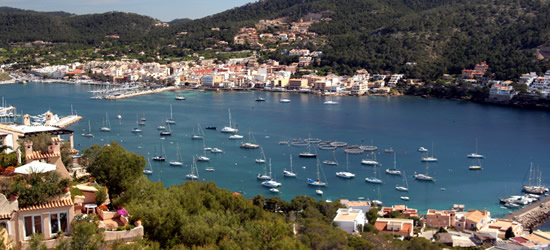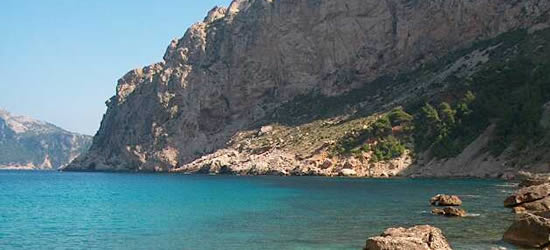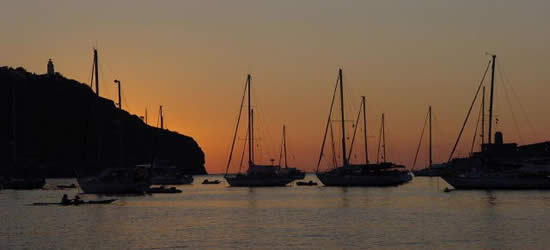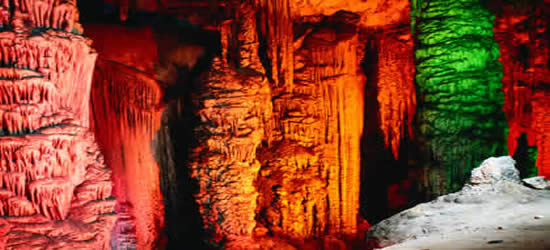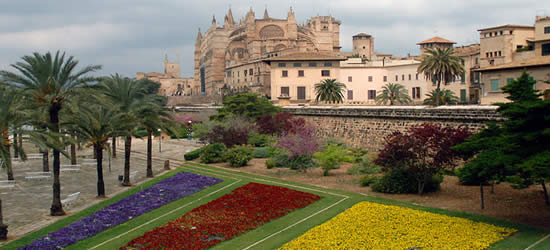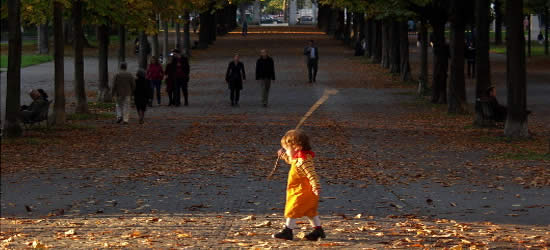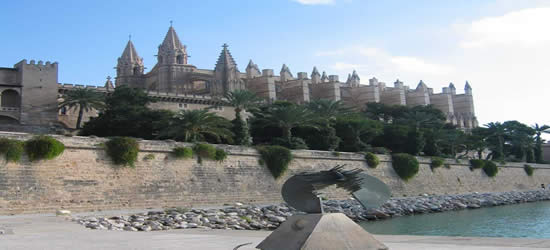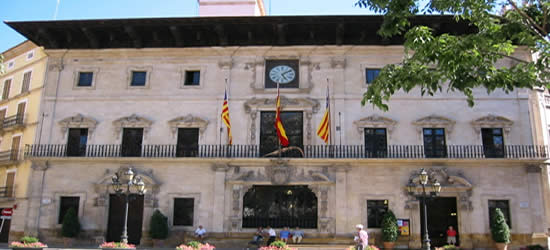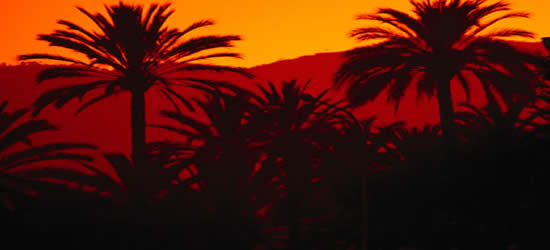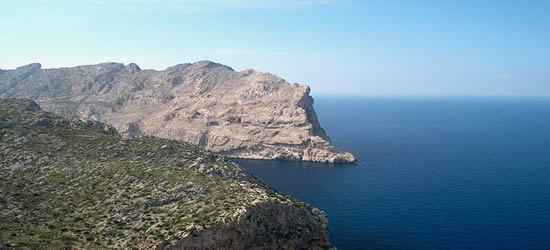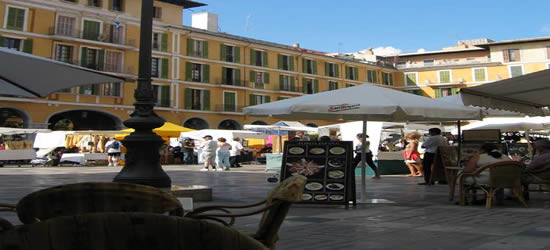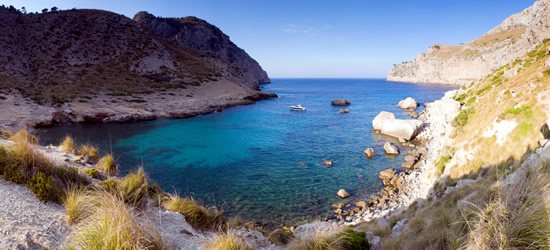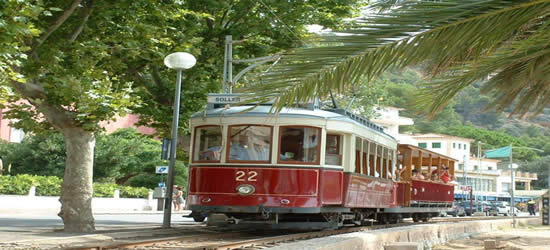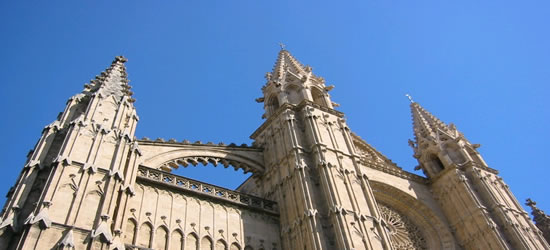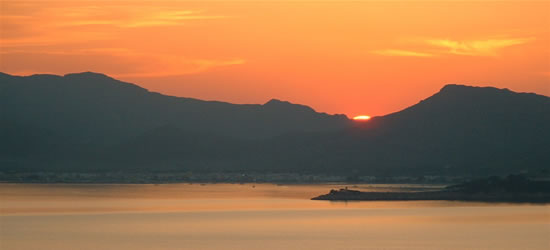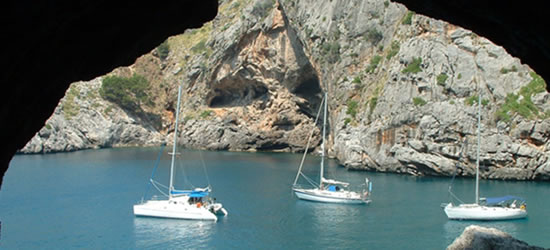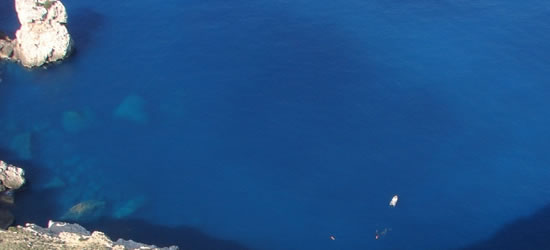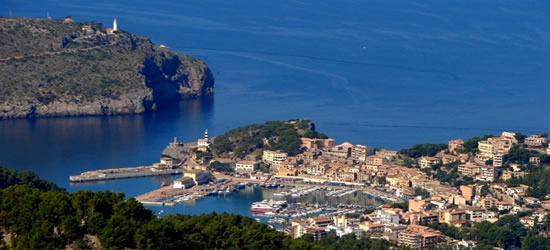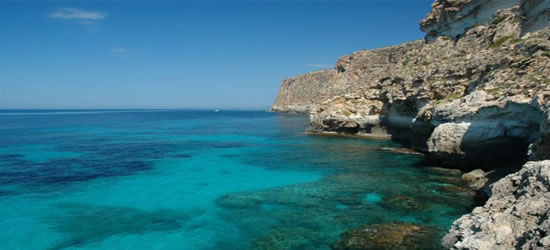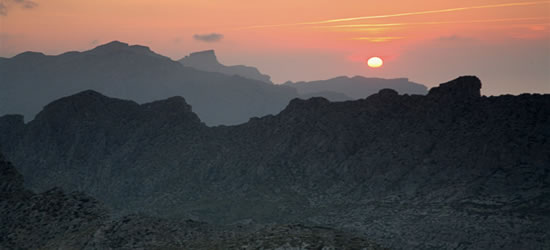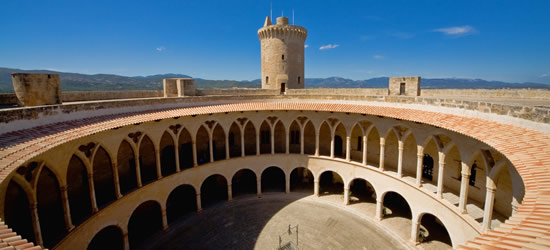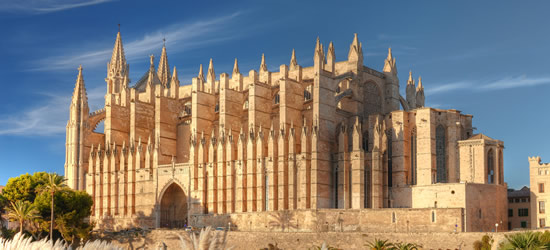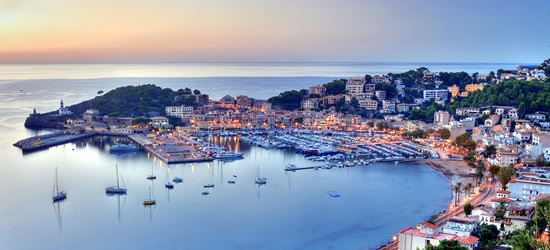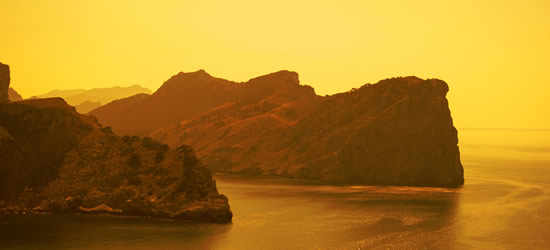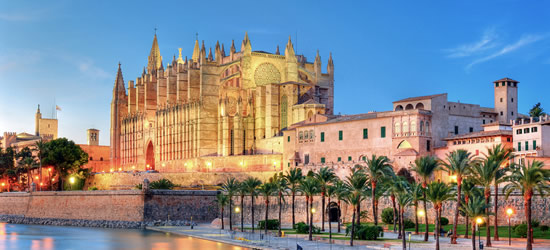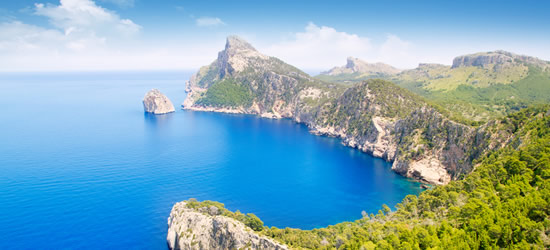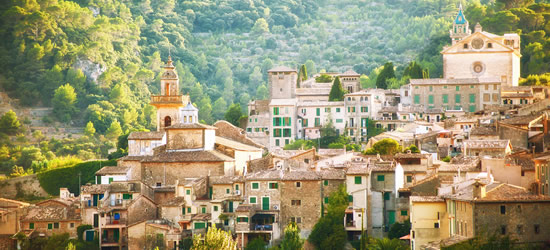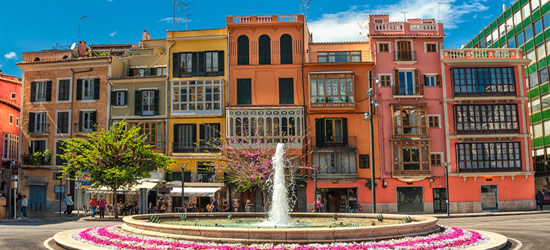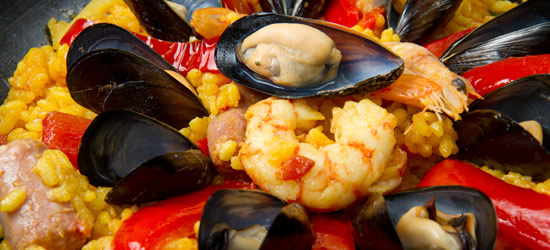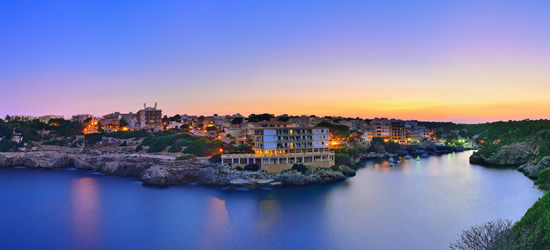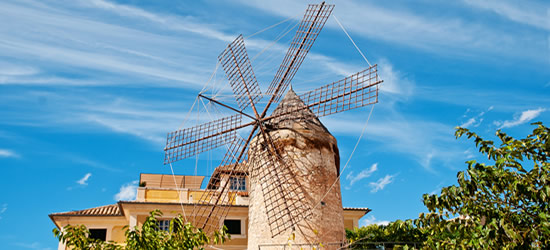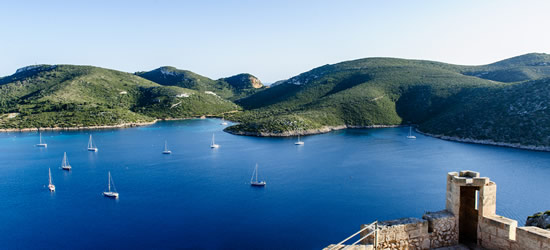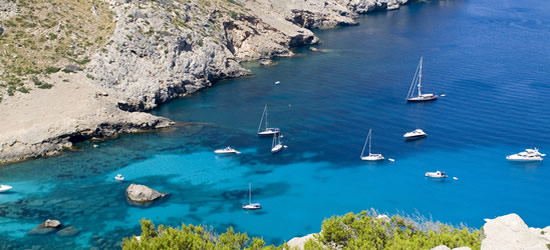Coastal cities are easily reduced to beaches and relaxing villa stays, but behind sandy shores could lay history dating back centuries. Of the Balearic Islands floating off the Spanish northeastern coast, Mallorca most embodies the deep history and artistic flair of the mainland. Two sweeping bays converge at the coastline; the Badia de Pollença and the larger Badia d'Alcúdia.
Capital city Palma de Mallorca is characterized by rocky inlets, harbours, beaches and veritable hobby-ing spaces gifted by its diverse terrain. From the expected watersports community to kicking up some mountain dust on long hikes, adventurous rock-climbing and aviation jaunts make it clear that there is no shortage of nature to explore. The selection of flora, fauna and animals inhabiting this island is just as varied, protected in areas such as the Parc Natural de l'Albufera and Cabrera Island.
For city-dwellers, Palma is an architectural mash of baroque churches, narrow streets, brown-stoned townhouses and towering landmarks. La Seu, an iconic Gothic cathedral, presides over the charming Old Town quarters; radiating out is a plethora of handicraft shops, tapas bars, galleries, teeming street markets. Other attractions include Castell de Bellver and Palau March, the former a unique circular castle from the 14th century, and the latter refurbished residences hosting artistic treasures. From upscale shopping and extravagant seaside villas to colourful and locally run restaurants and bohemian neighbourhoods, Palma presents infinite possibilities for tourists.
Festivals are aplenty all year round, but two not-to-miss festivals include celebrations of their patron saints – Sant Sebastian (January) and Sant Joan (June). As the Mediterranean climate of the Balearics keeps Mallorca's winter comfortably mild around 15°C, and summer averages around 27°C, tourists can comfortably explore at any season.







